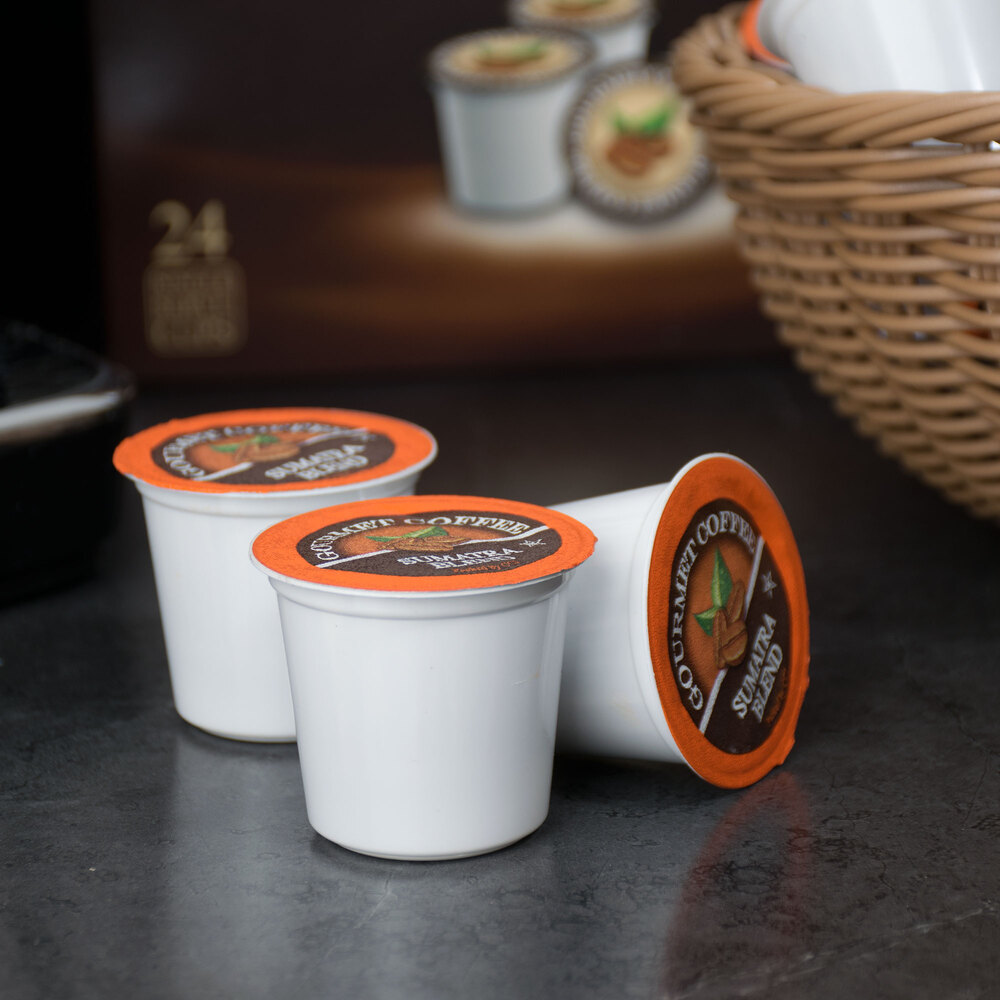
This hybrid process combines elements of the washed and natural processes. When the beans are semi-dried, containing around 30% to 50% moisture, it is passed on to a collector who puts them through a hulling machine while the beans are still moist to then finally set them on patios to dry for a couple more days.

The harvested coffee cherries are de-pulped by hand and dried on a patio for a few days. One of the unique aspects of coffee production in Sumatra, Indonesia, and the source of Indonesian coffee's deeply divisive taste, is the traditional post-harvest process of ‘Giling Basah’ (wet-hulling) method.


It is known for its earthy flavors, medium to heavy body, and wine-like acidity.


 0 kommentar(er)
0 kommentar(er)
